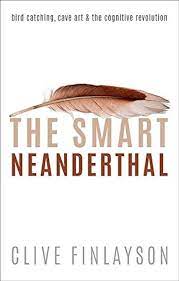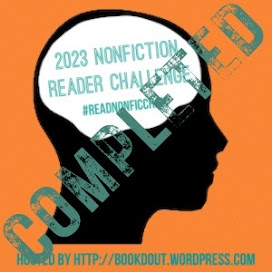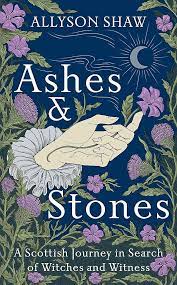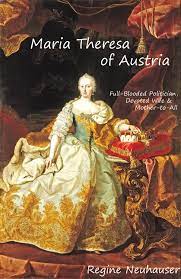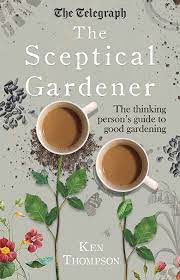Vagina Obscura: An Anatomical Voyage
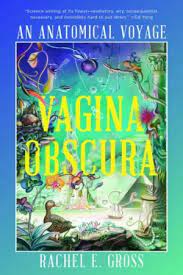
Vagina Obscura: An Anatomical Voyage , by Rachel E. Gross (2022) is a remarkable combination of information about anatomy, health, history, science, biography, and sociology related to the female organs. It is also my choice for the topic of Health for the Nonfiction Reader Challenge . The book organizes these organs into separate chapters according to their presenting characteristic: Desire ( Glans Clitoris ) Wholeness ( Internal Clitoris ) Resilience ( Vagina ) Protection ( Vaginal Microbiome ) Creation ( Egg Cell ) Power ( Ovaries ) Regeneration ( Uterus ) Beauty ( Neovagina ) Each chapter focuses on the particular body part using the stories of medical personnel, specific women, and historical figures to give background and information about the organ’s function, development and physical description. Although the narrative often includes detailed biological and technical data, Gross makes it as interesting as a novel. I found myself unable to put the book down

